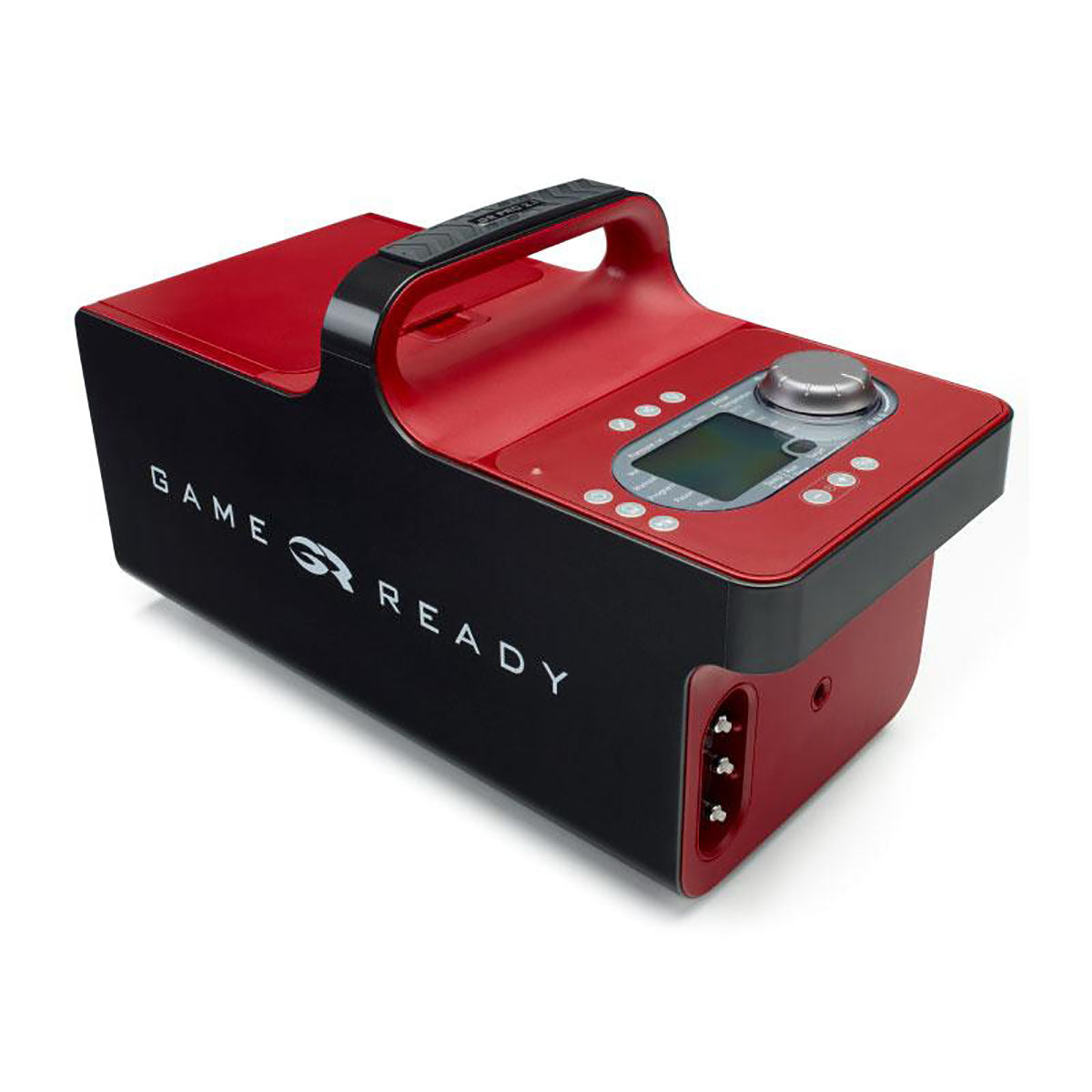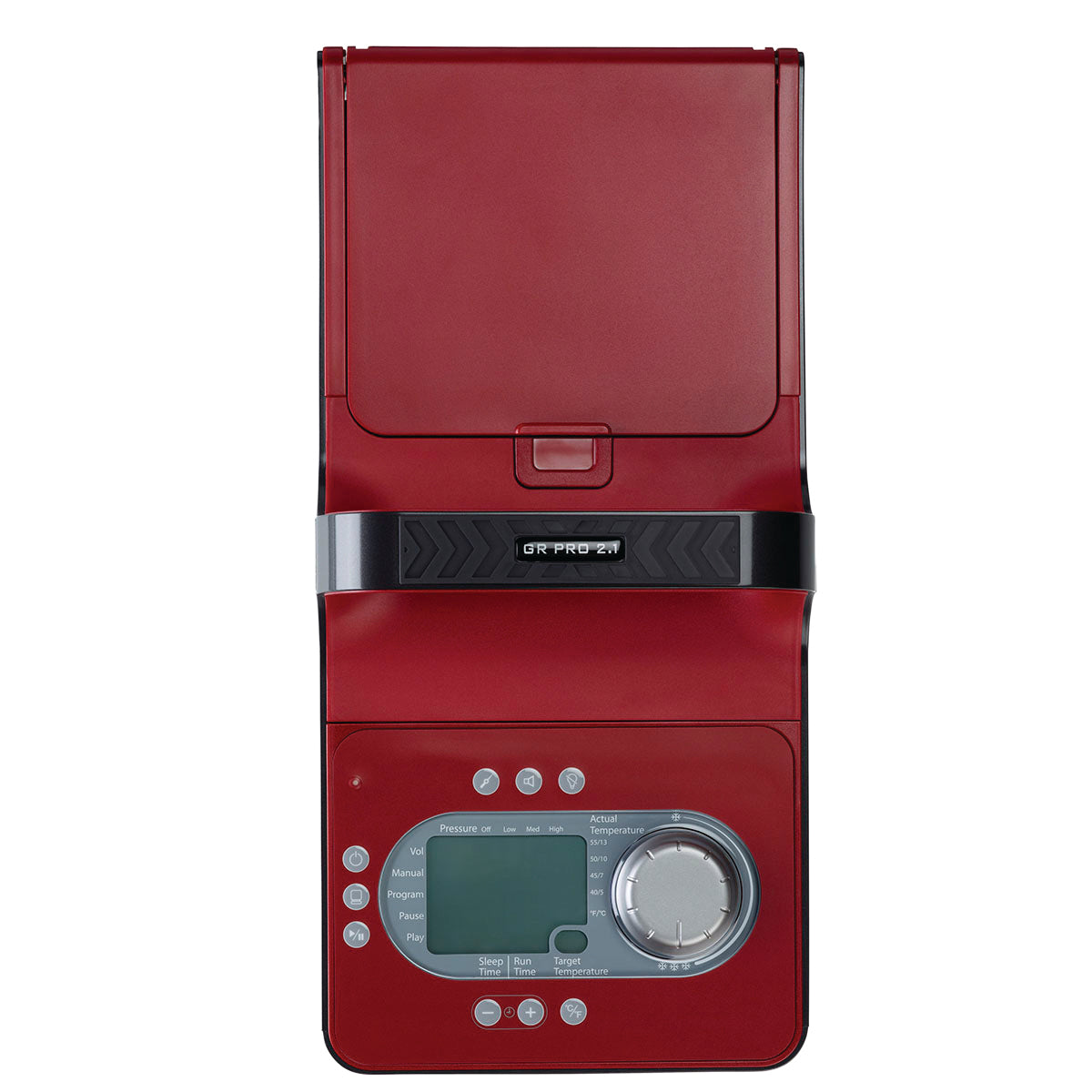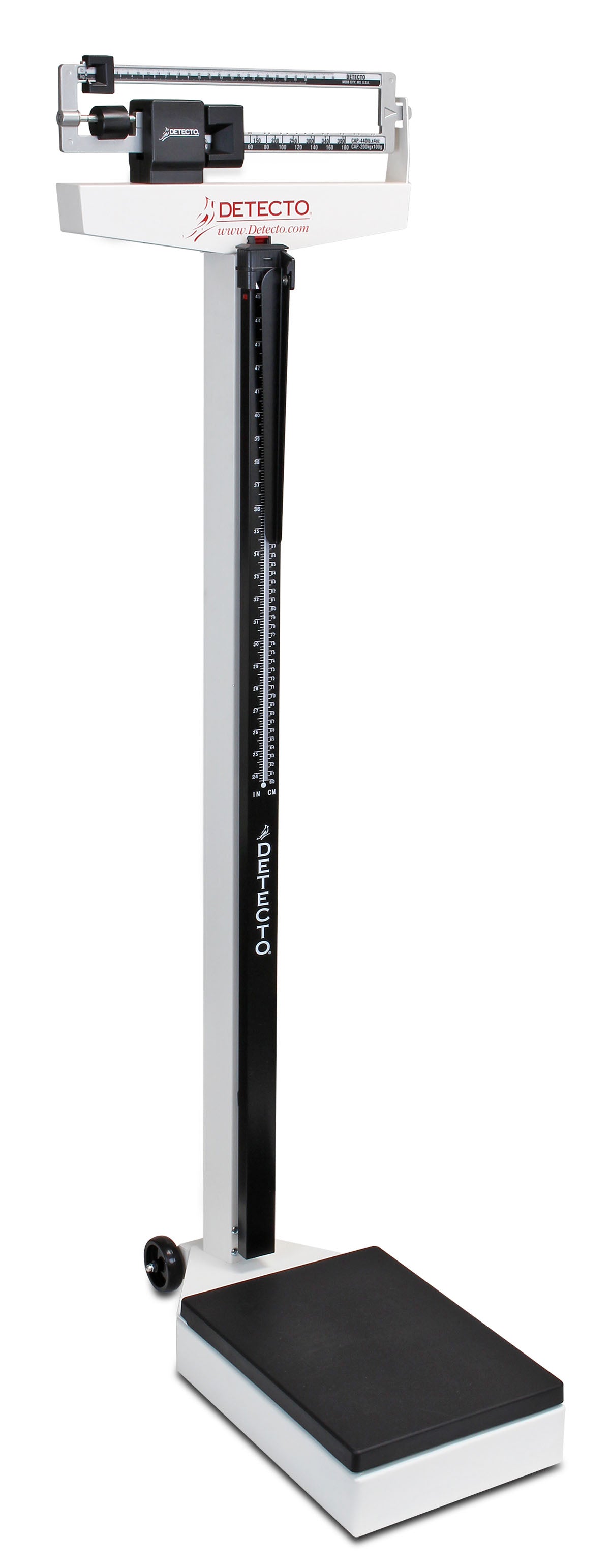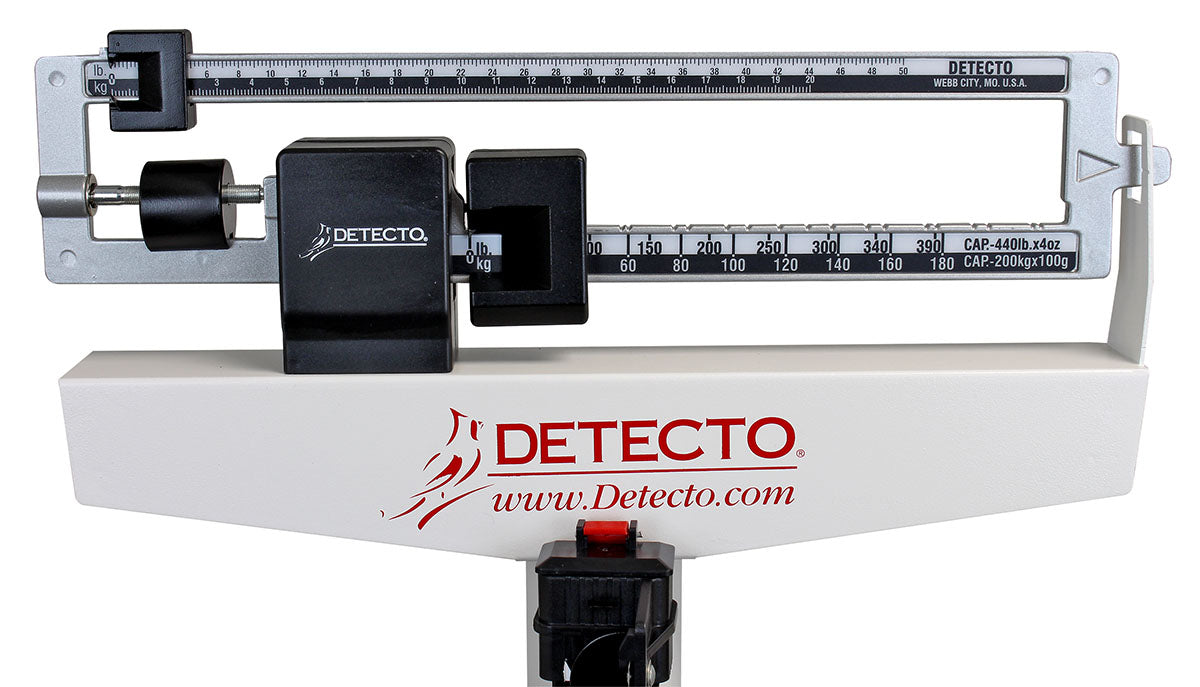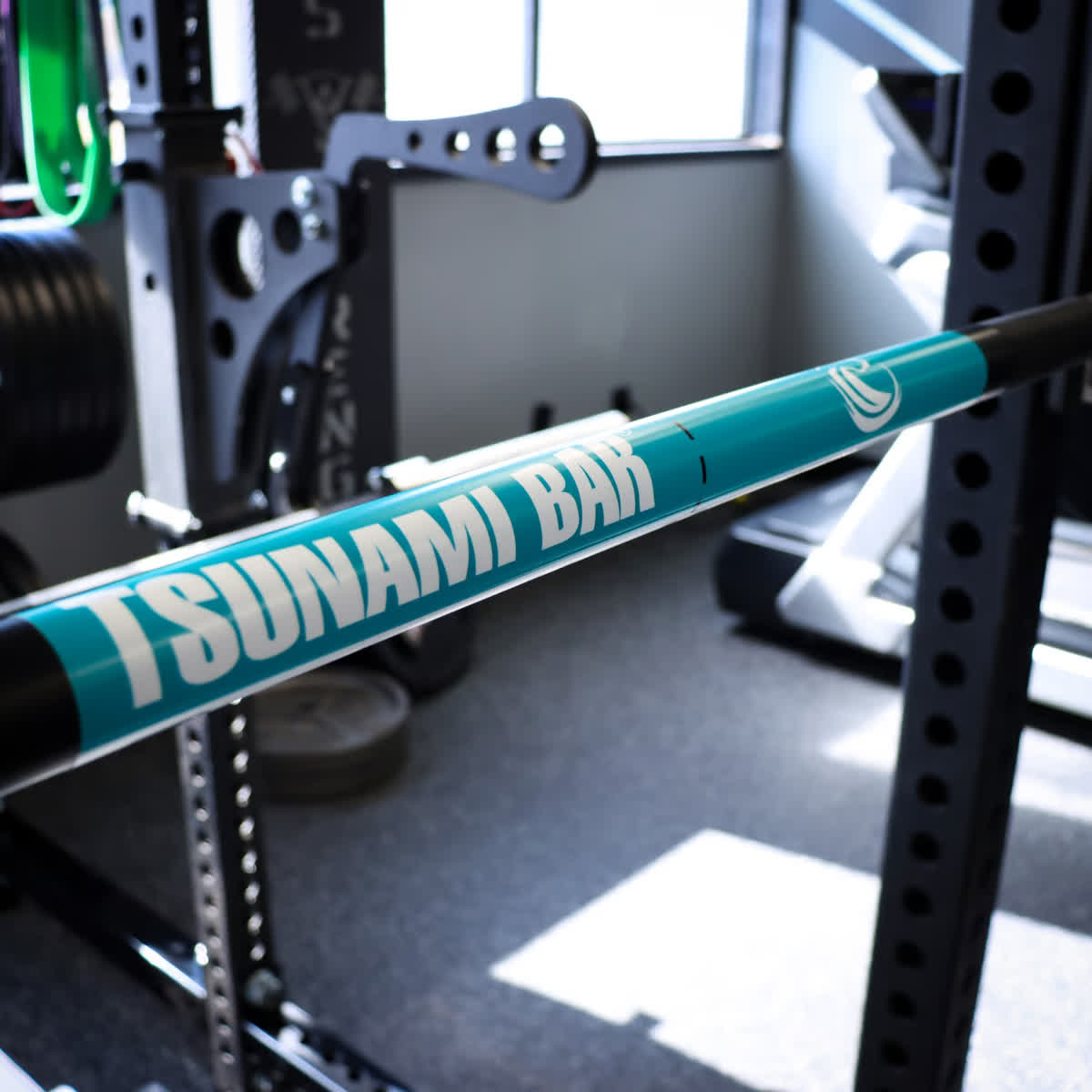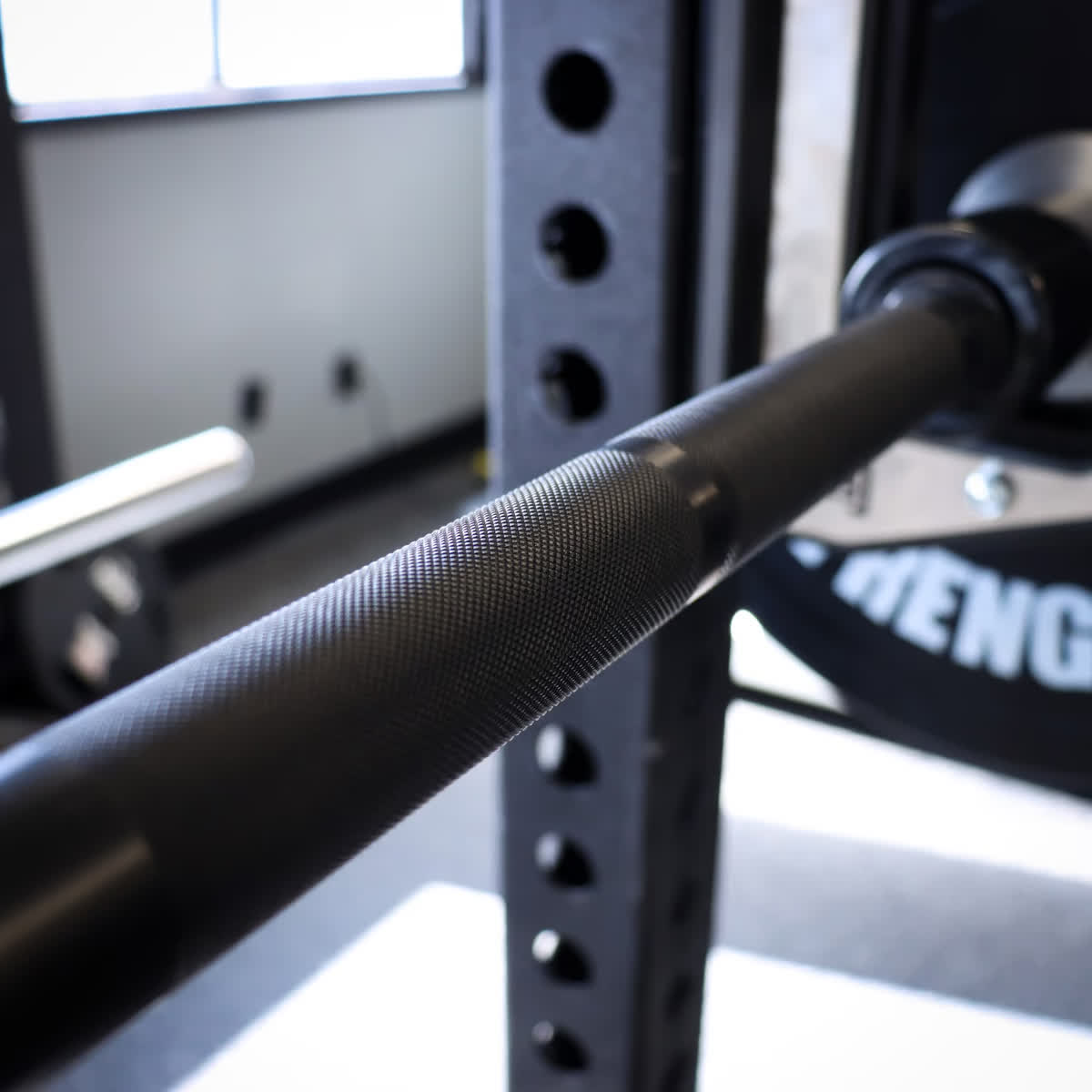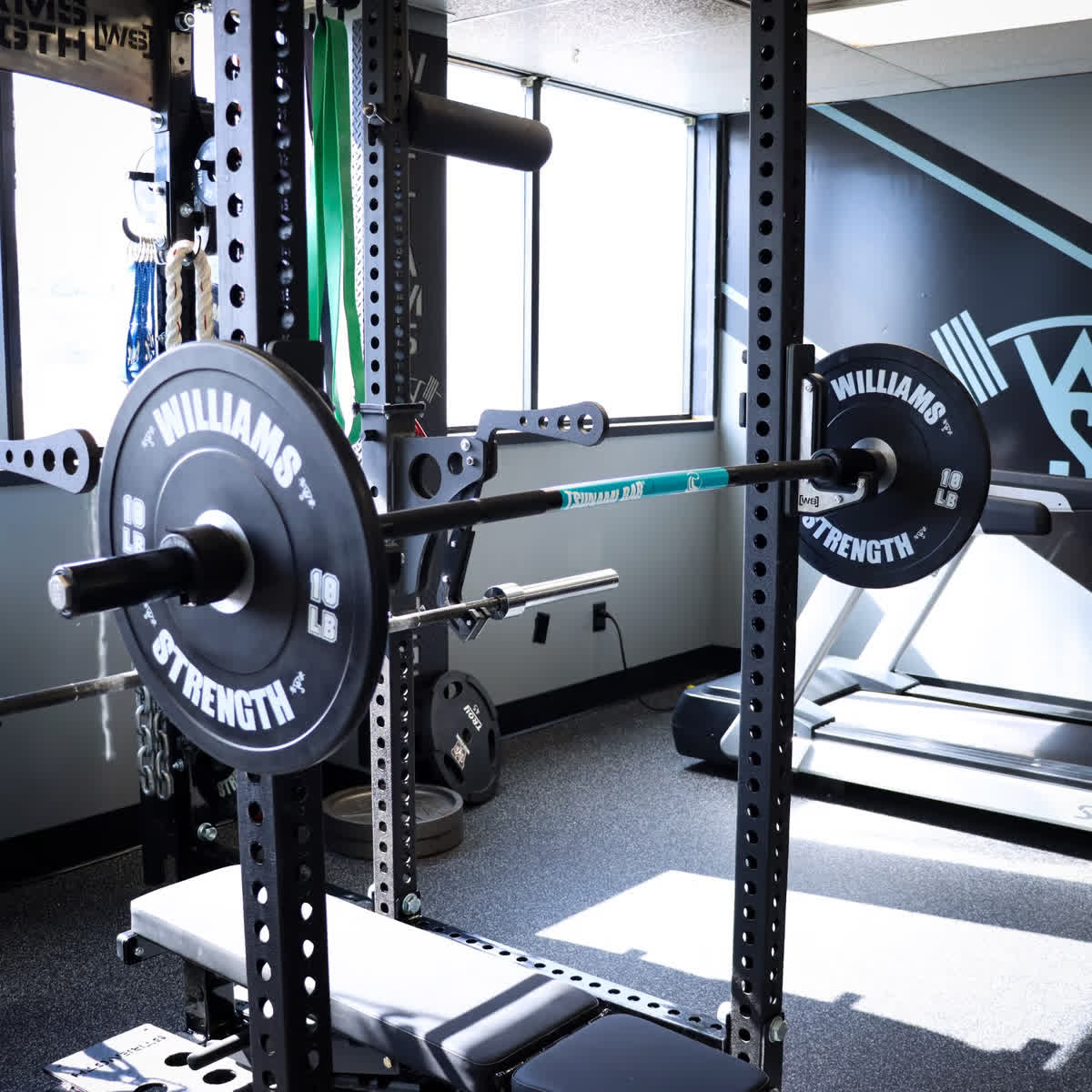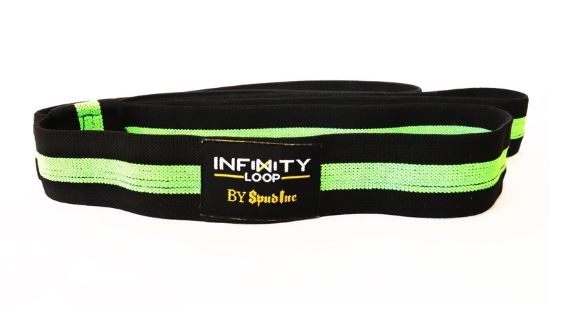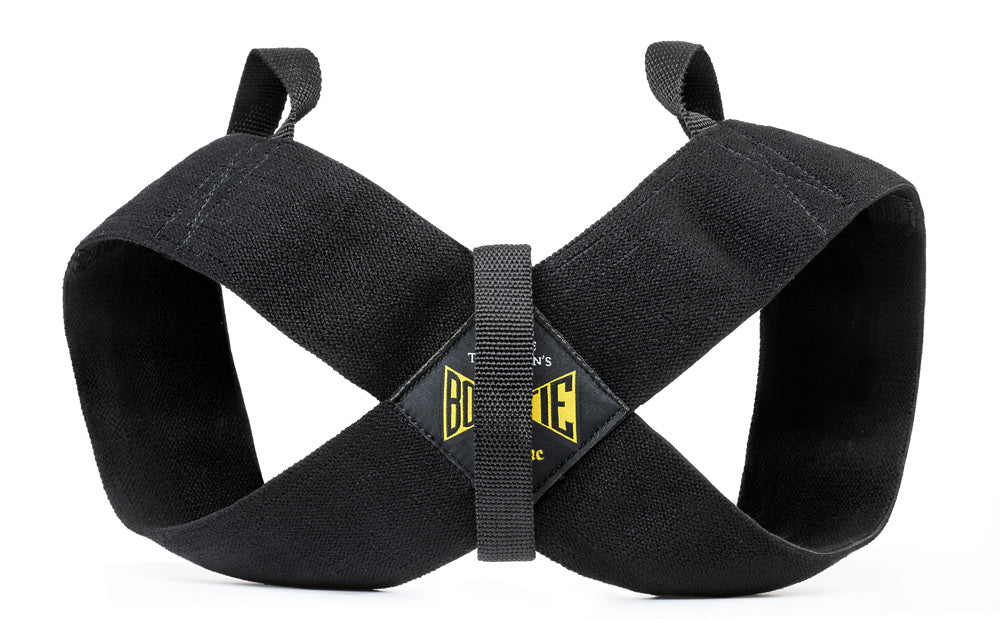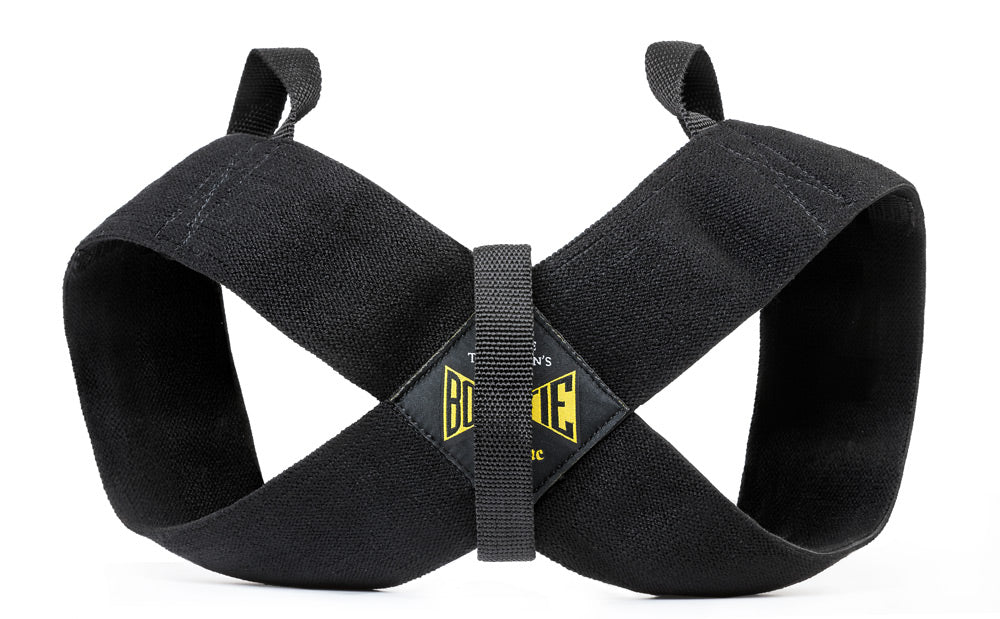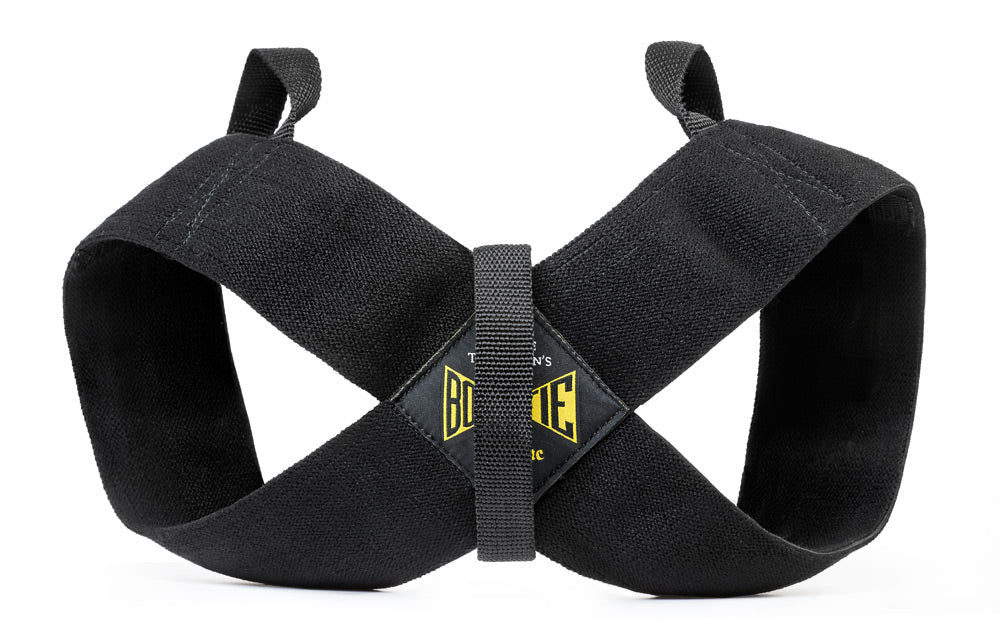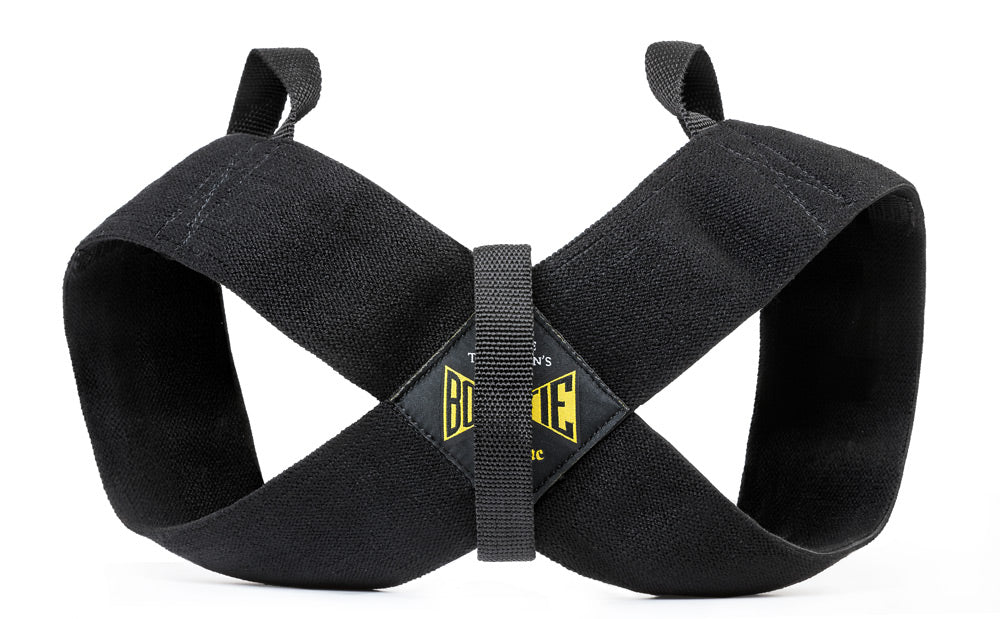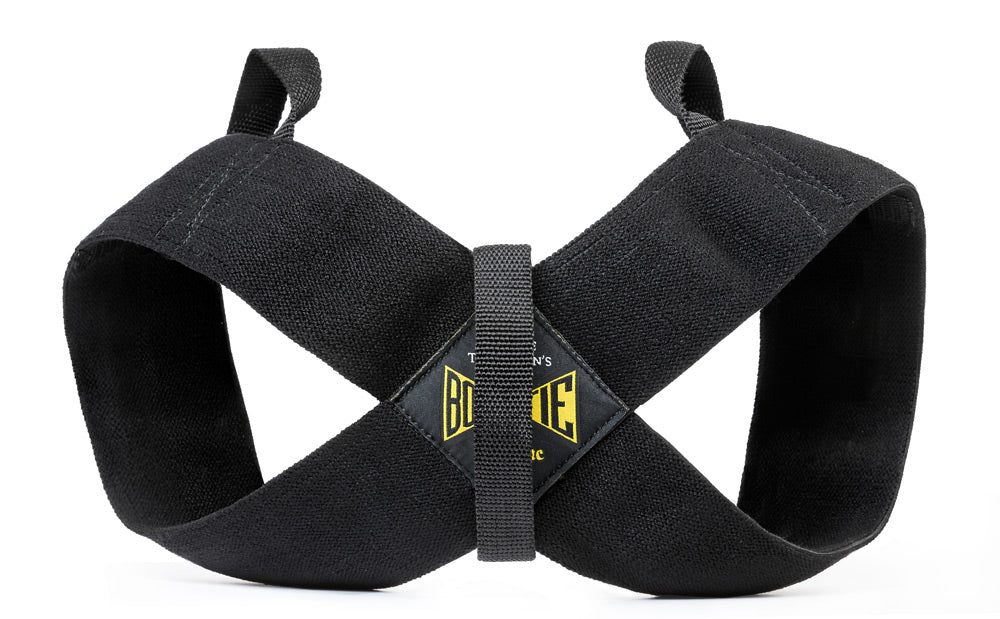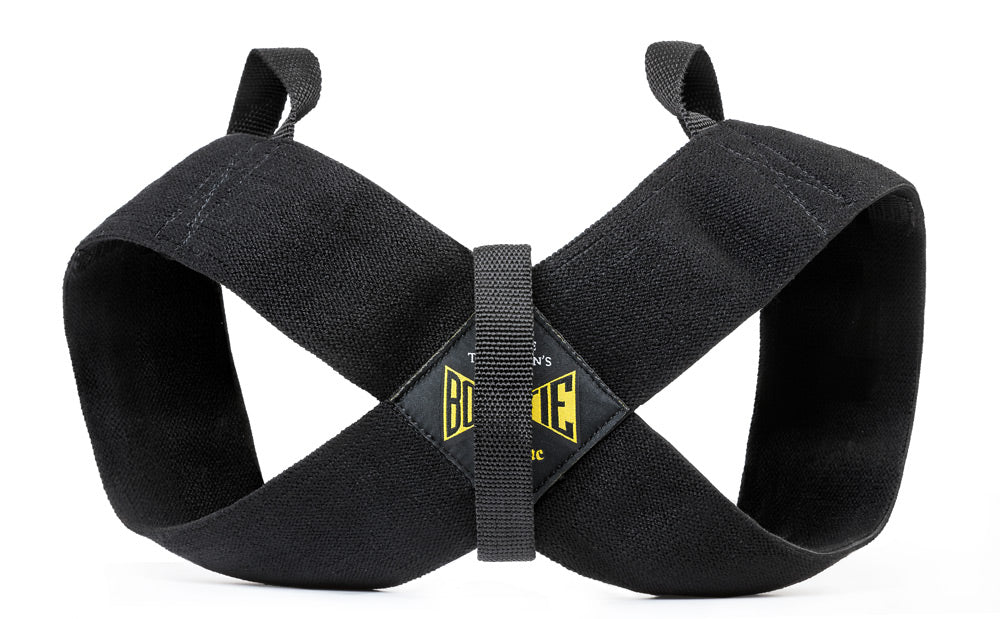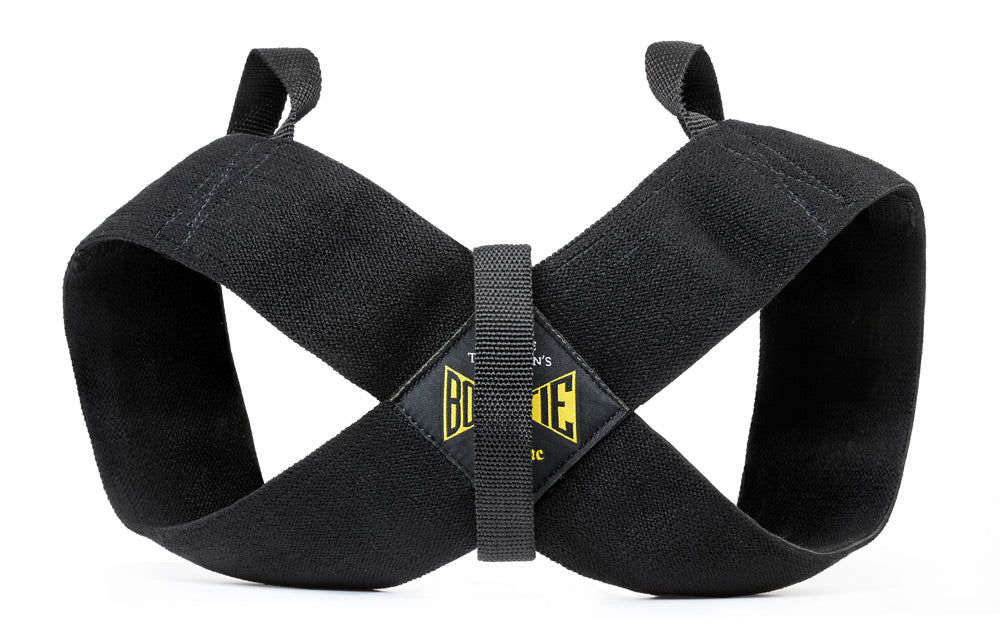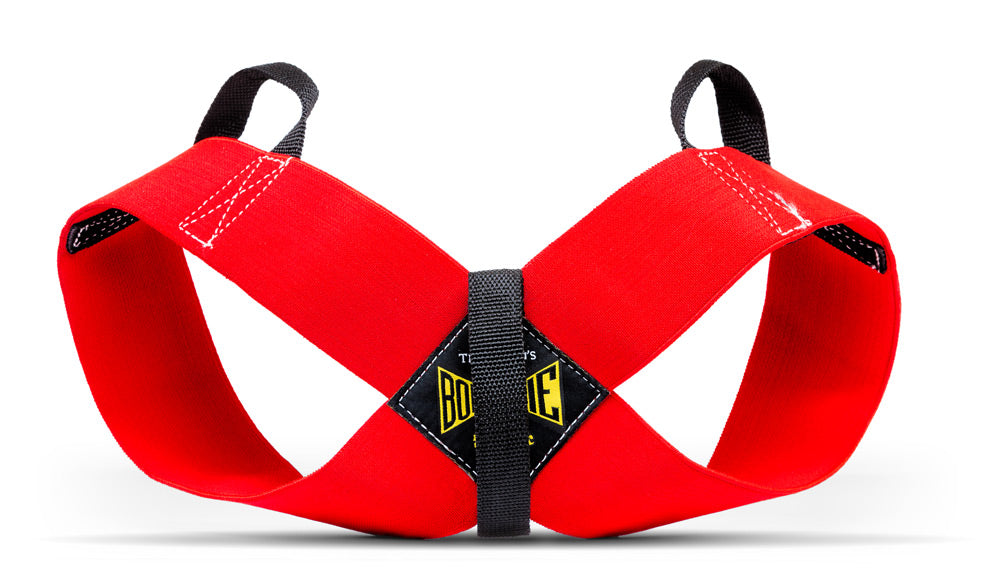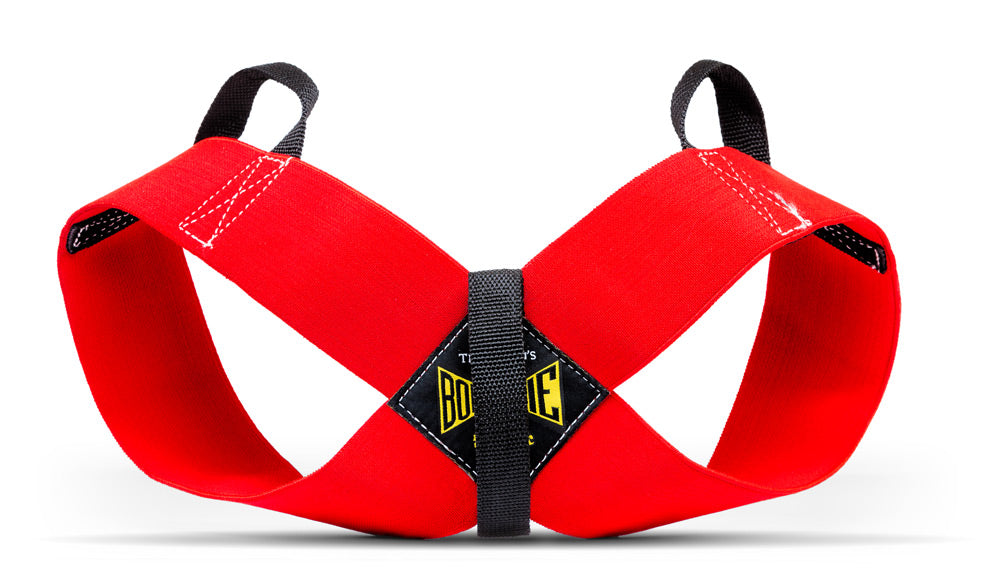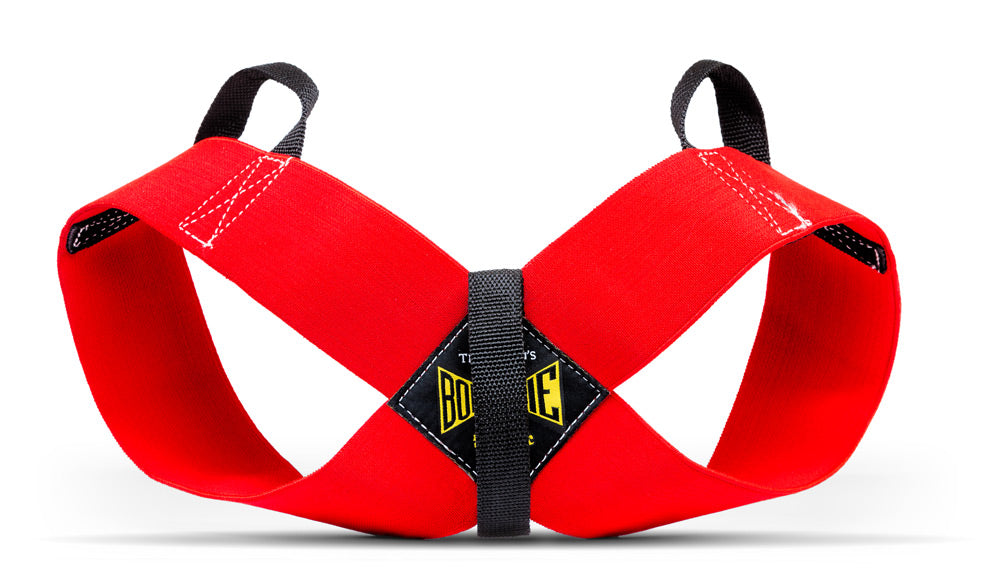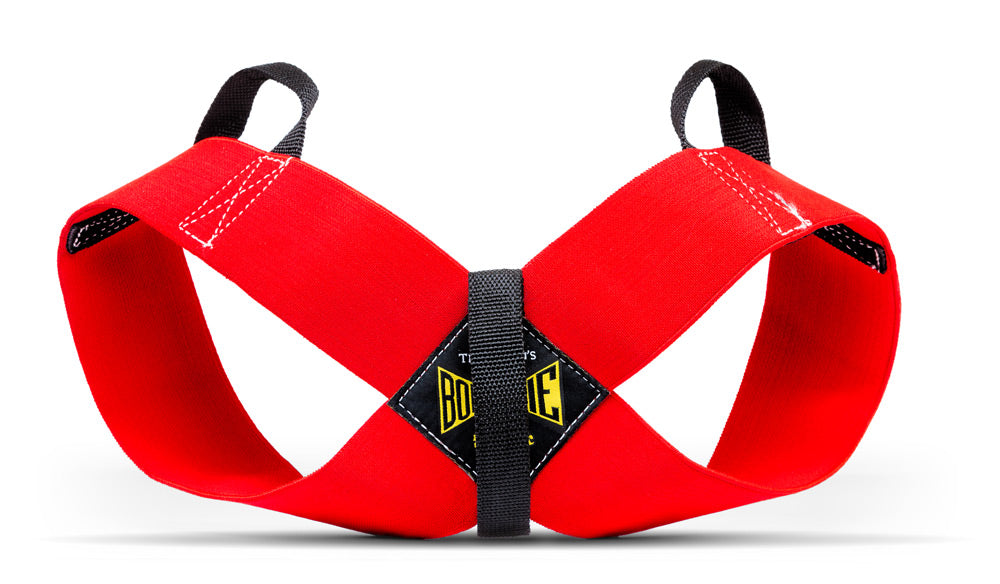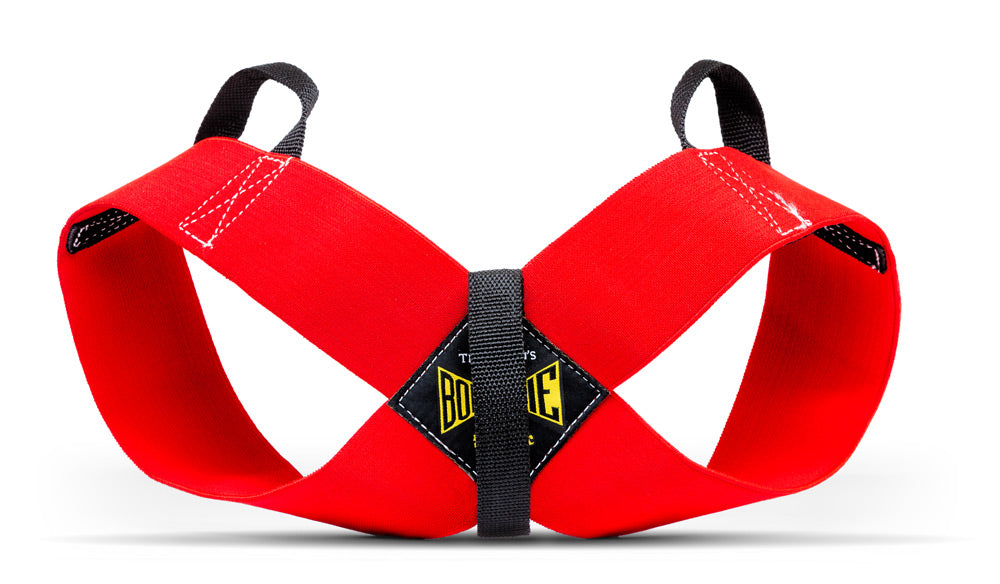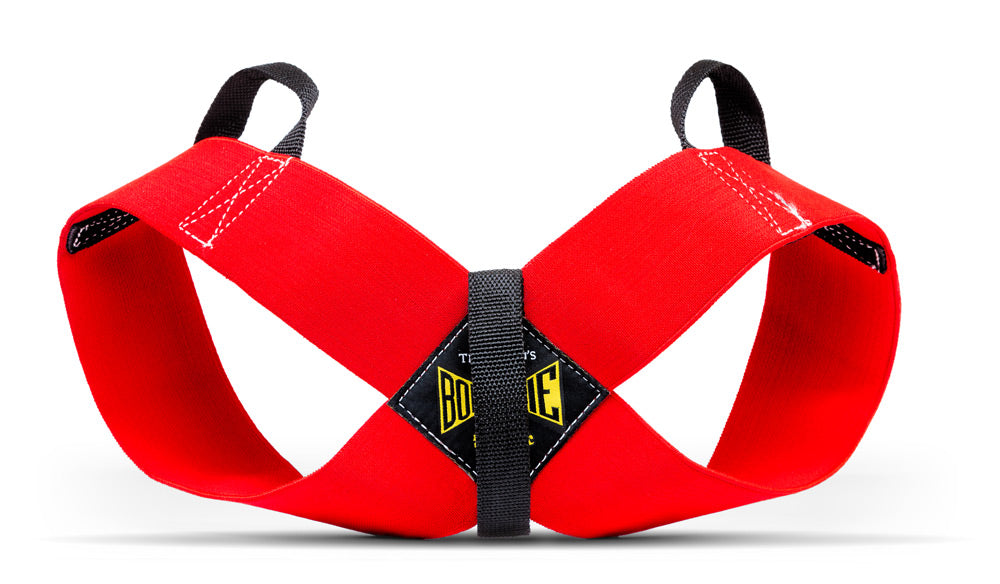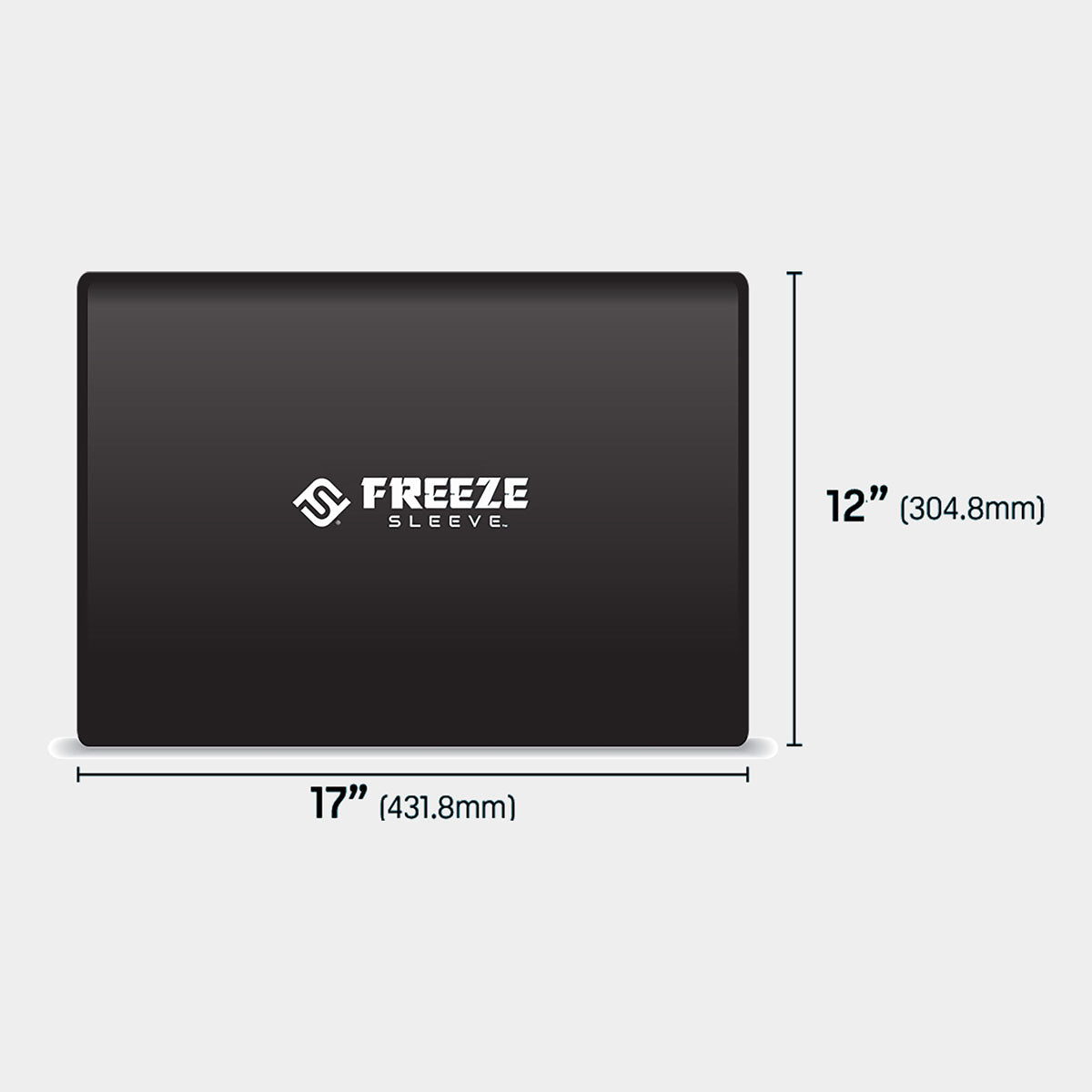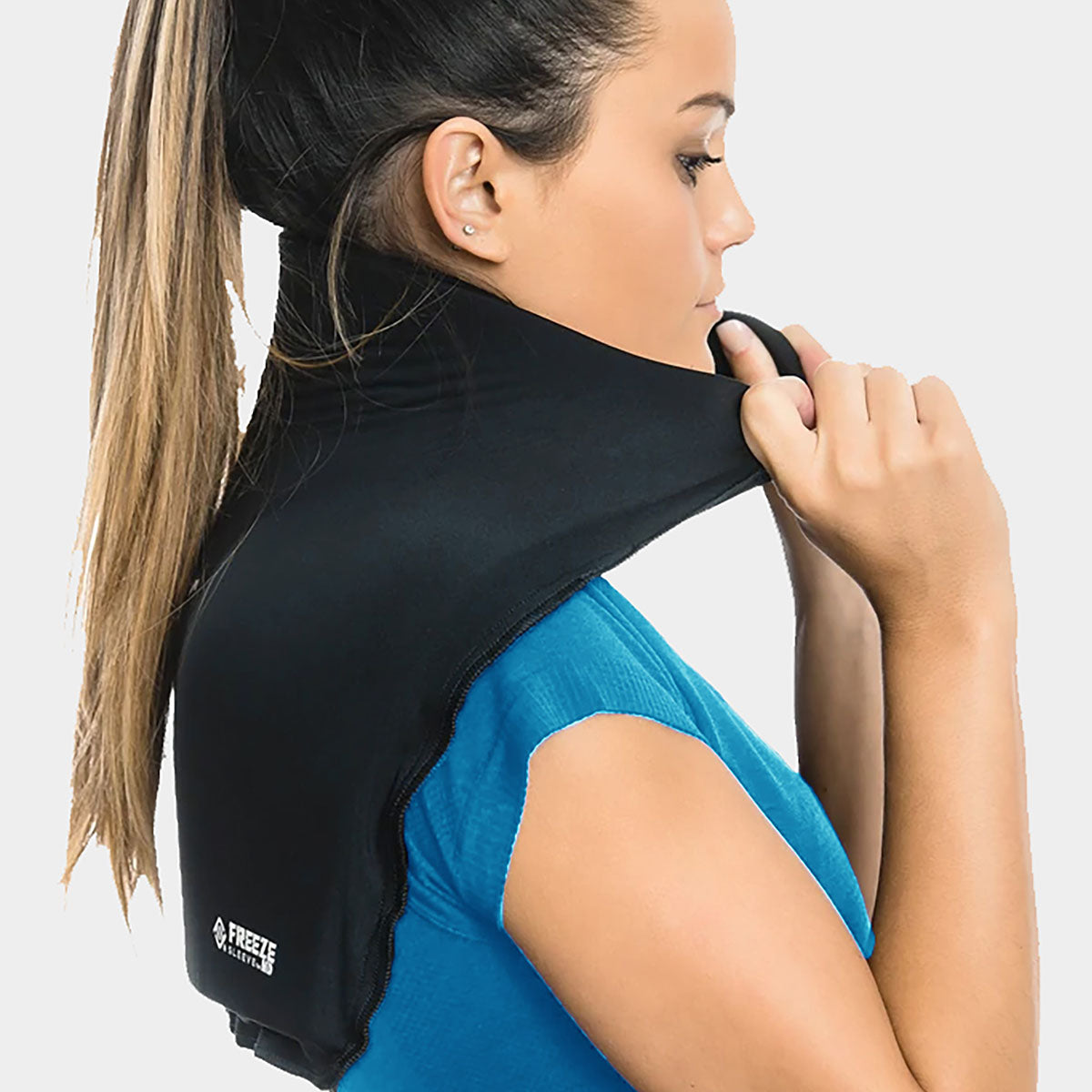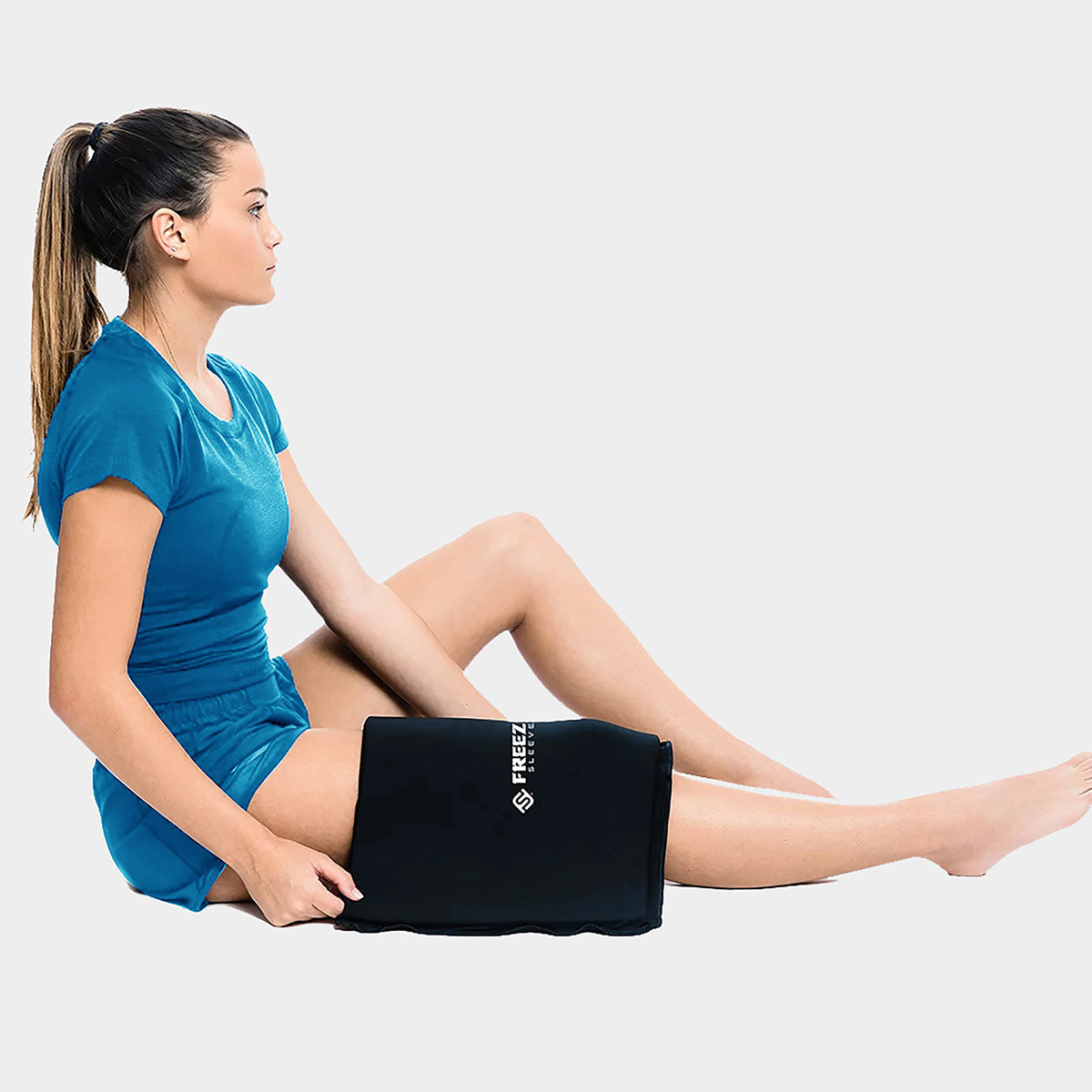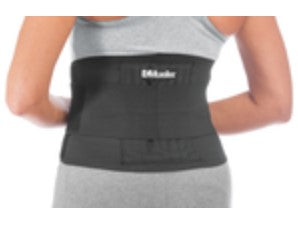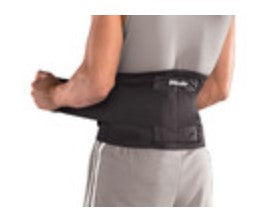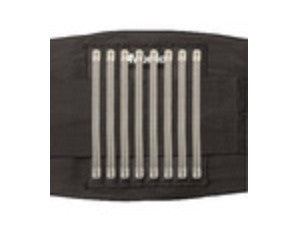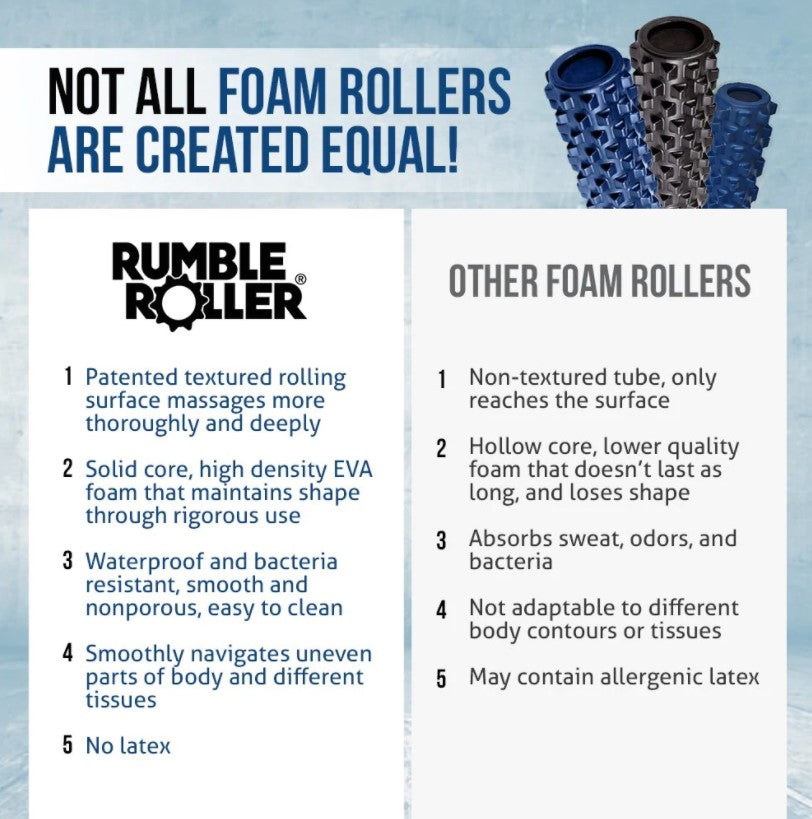
Monitoring training status is something very vital when training athletes. Because the main goal of training for sport is the actual sport itself—not the weight training—it’s a constant, careful management of intensity and volume to assure that the athlete can compete at the highest possible standard. In order to manage a team’s programming, the coach must monitor where the athletes are on any given day. One way to know the athletes’ status is with the OmegaWave system, which monitors the body’s seven systems and tells the coach how ready and prepared the athletes are within minutes. This is the best way to know the athletes’ status. However, it’s very expensive so not all programs can afford one. Another way to measure the status of the central nervous system (CNS) is with a finger tap test. A finger tap test is performed with the individual’s heel of the hand on the table. The hand and fingers are arched up, and the individual simply taps as quickly as possible for a set time. This is recorded before physical activity, preferably every day but at least before every workout. The finger tap test can be used due to the nature of the nerves in the body. All nerves run away from the brain and will end somewhere. The hands and feet are the two places where the nerves end and show great sensitivity. Countless times, Louie Simmons has said, “The two most sensitive parts of the nervous system are the hands or the feet. If either one of those hurt, you’re done.” It is because of this that we can utilize tests such as the finger tap test to measure nervous system sensitivity. With Microsoft Excel, it’s easy to determine a baseline. Simply find the mode and the mean (average). Often times they will be very close together, and this is the baseline. To find the mode and average in Excel, use the drop down box, which is by the formula box, and select “Stat.” From the “Stat” menu, pick one column to determine the individual’s mode and the other column to determine the individual’s mean (average). If the number for the day is 10 percent above or below baseline, it shows that the CNS status is either elevated or depressed. There are cases when athletes have a large difference between their mode and their mean. There are a few reasons for this. The first is that there was a period when the athlete became sick, and the numbers were depressed. If this occurs over a period of several days in a row, this data needs to be eliminated. The second reason is that the athlete decided to start drinking energy drinks before practice. The caffeine and taurine tend to elevate the CNS, which would increase the numbers. Often times, this makes for a high mode while leaving the mean low. The first step is to council the athlete on using energy drinks. If they decide they still want to drink them, eliminate the data from when the athlete wasn’t consuming the energy drinks from the analysis. In this case, it would be a good idea to keep the other data in case the athlete decides to stop consuming the energy drinks pre-practice. If the athlete is just an inconsistent athlete and varies greatly from day to day for various factors including poor eating habits, poor sleeping habits, and extracurricular activities, there’s nothing you can really do other than talk to the athlete about his or her choices and how it impacts life and the team. If the number shows that the CNS status is elevated, it is a good day for max effort or a heavy lifting day. The CNS is fresh and capable of handling the rigors of max effort. If the CNS status is baseline, it’s a good day for dynamic work. According to Buddy Morris at the 2005 CSCCA Conference in Salt Lake City, Utah, the zone of 40–60 percent, which is considered the non-quantifiable zone, is recovery. If the athlete is in this zone, they will continue to be prepared for the competitions. If you have the luck of having a Tendo unit, you should be selecting the weights based off of this to ensure the athletes are going heavy enough to stimulate gains while not going so heavy that they are causing the CNS to depress for subsequent workouts. If the CNS status is depressed, it is a good day for repetitive effort work at very sub-maximal loads. Avoid failure. This is restoration work and will help restore the CNS for the next workout. There are other methods for checking the status of the CNS such as the ruler drop test, the vertical jump test, the hand dynamometer test, the OmegaWave, the use of the Tendo tests that Bert Sorin developed, and I’m sure many others. The key is to find what works for you and what you can do with your athletes on a consistent basis. By tracking the status of the CNS, you will know where you are on any given day. By knowing where you are and understanding what’s going on with the CNS, you can train your athletes properly and possibly prevent overtraining.
Elite Fitness Systems strives to be a recognized leader in the strength training industry by providing the highest quality strength training products and services while providing the highest level of customer service in the industry. For the best training equipment, information, and accessories, visit us at www.EliteFTS.com.

























